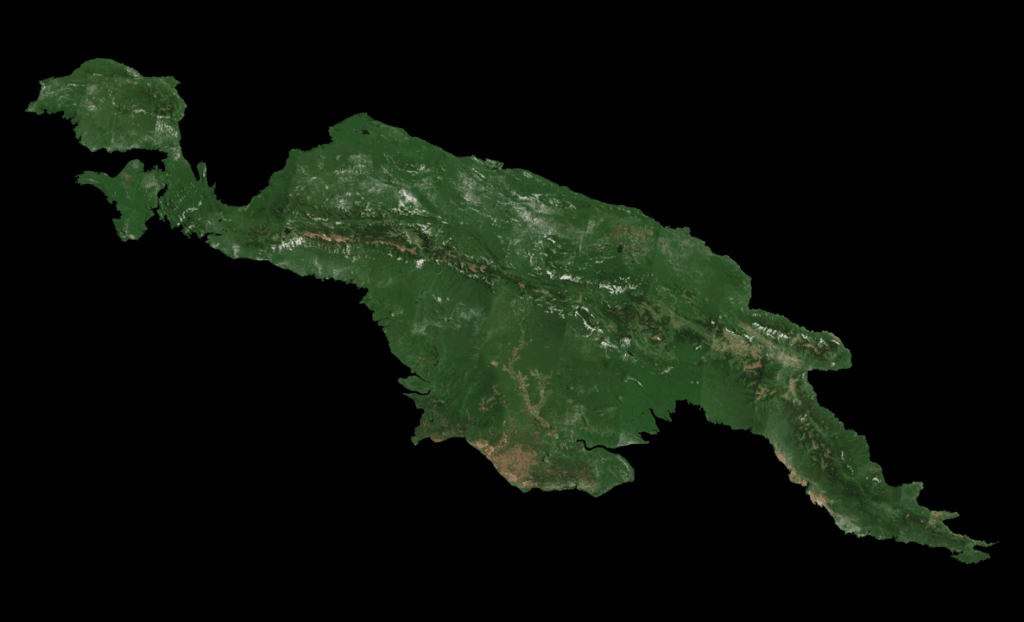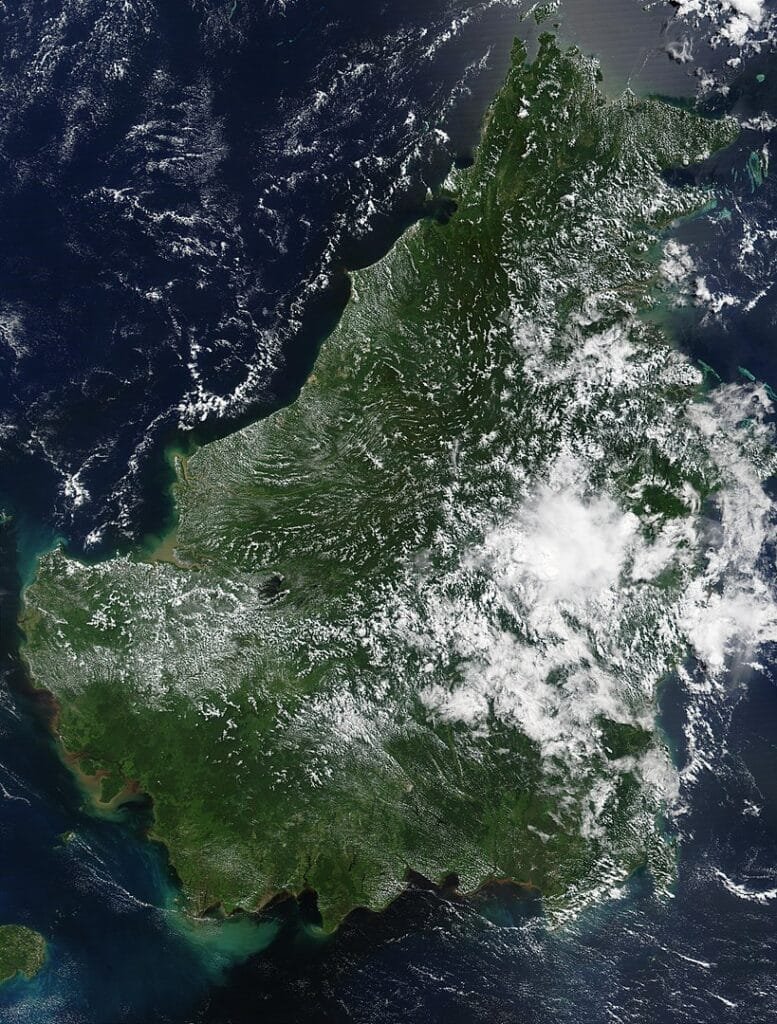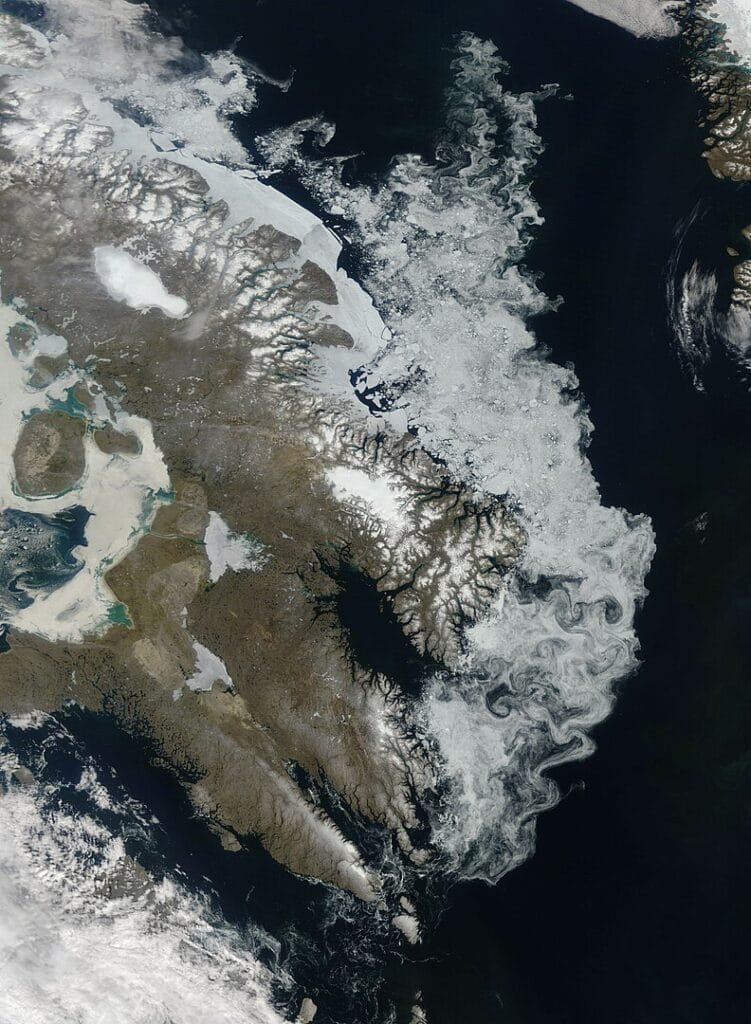The Top 5 Largest Islands by Area in the World
Islands have always captivated human imagination, whether as isolated paradises, biodiversity hotspots, or vast landmasses teeming with life. While some are small and cozy, others are enormous, rivaling entire nations in size. This blog explores the five largest islands on Earth, ranked by their area. These natural wonders not only showcase geographical diversity but also hold significant cultural and ecological importance. Let’s dive into the vast expanses of these colossal islands!
1. Greenland (2,166,086 square kilometers)

Greenland, the world’s largest island, is a vast Arctic expanse. Located between the North Atlantic and Arctic Oceans, it is an autonomous territory of Denmark. Despite its immense size, over 80% of Greenland is covered by an ice sheet, making it a key player in global climate studies. The island is sparsely populated, with most inhabitants residing along the ice-free coastal regions. Greenland is home to spectacular fjords, rugged mountains, and unique wildlife, such as polar bears and Arctic foxes.
2. New Guinea (785,753 square kilometers)

The second-largest island in the world, New Guinea, lies in the southwestern Pacific Ocean. Divided between Papua New Guinea in the east and Indonesia in the west, this island boasts incredible biodiversity. Its tropical rainforests are among the richest ecosystems on the planet, harboring species like birds of paradise and tree kangaroos. New Guinea’s mountainous terrain and cultural diversity—with over 800 languages spoken—make it a truly unique landmass.
3. Borneo (748,168 square kilometers)

Borneo is the third-largest island and the largest in Asia, shared by three countries: Indonesia, Malaysia, and Brunei. This island is renowned for its rainforests, which are among the oldest in the world, estimated to be over 140 million years old. Borneo is a haven for endangered species like the orangutan, pygmy elephant, and clouded leopard. It also faces challenges like deforestation, emphasizing the need for conservation.
4. Madagascar (587,041 square kilometers)
Situated off the southeastern coast of Africa, Madagascar ranks fourth in size and is often called the “eighth continent” due to its unique biodiversity. Around 90% of its wildlife, including lemurs and baobab trees, is found nowhere else on Earth. Madagascar’s varied landscapes range from rainforests to deserts, making it a hotspot for ecological research. Despite its size and natural beauty, the island faces environmental challenges like deforestation and climate change.
5. Baffin Island (507,451 square kilometers)

Baffin Island, Canada’s largest island and the fifth-largest globally, lies in the Arctic Archipelago. Its landscape is a mix of rugged mountains, glaciers, and Arctic tundra. Although largely uninhabited, Baffin Island is significant for its Inuit culture and as a habitat for species like Arctic foxes and narwhals. Its remote location and stunning vistas make it a dream destination for adventurers.
The sheer scale and diversity of the world’s largest islands are awe-inspiring. From Greenland’s icy expanse to Madagascar’s lush biodiversity, these islands reflect the planet’s natural wonders and cultural richness. Each island carries its own story, challenges, and significance in the global ecosystem. Whether through conservation or exploration, they remind us of the incredible diversity of life on Earth. So, the next time you think of islands, remember these giants that shape our world!
For more top 5:
